Near the border it seems like Peru has changed. Recycling bins are everywhere, and all is clean and tidy. But as we drove on, we discovered Peru hasn’t changed a bit. Construction waste must have been dumped in piles since the first Peruvian chewed on the first mastodon. Peruvian plumbing leaks, occasionally belching, and the standards of cleanliness in the washrooms will challenge your immune system. The garbage is piled up everywhere, blowing endlessly up and down sand dunes. The desert is used as a large garbage dump. In places trash is being burned or managed. In other places it just accumulates. Every highway is lined with old discarded litter. We postulated that if every person in Peru spent 5 days doing nothing but pick up garbage, it wouldn’t be noticeable. With a sense of scientific research Nancy looked closely at two plastic bags of garbage dumped at a remote spot where we had pulled off the highway to make lunch. One bag dated from 2005 judging by the expiry dates on a yellowed plastic package. The bag contained a perfectly legible handwritten receipt noting that someone had purchased 3 photographs. The chicken bones in the bag were clean, but intact. Sadly, the other bag was probably dumped in 2014. The desert preserves all.
The same ability of the desert to preserve makes Peru fascinating. Big blue signs marking archeological sites are everywhere. The first ruin we stopped at was Chan Chan. Here, an immense city made of adobe has been abandoned since the 1460s. The exterior walls are about 10 meters high. The interior walls of many of the buildings still stand. Many of the friezes are still somewhat intact, although much is missing.
It was at Chan Chan we met a Peruvian Hairless dog. The breed dates back forever, and artwork depicting these dogs is found on pre-Incan artifacts. The breed survived in rural areas, and recently became championed by an Italian man who realized the dog’s historical importance. They are said to have mystical properties.
At a restaurant at a place called Tortuga, on a beach just south of Chimbote, we were introduced to a tourist guide who asked us if we wanted to see the summer solstice sunrise from the observatory at the fortress. After he explained it meant heading out at 5 AM, Nancy volunteered to stay at our comfortable cliff side hotel with the dog, while Bill took the guide to see the sunrise. After all, the truck only has room for the driver and one passenger.
The fortress and solar observatory are part of another huge ruin, Chankillo, carbon dated to be 2400 years old. The ruins cover about 4 sq. km. The builders piled rocks into towers on top of a hill to create 12 notches. The sun comes up in the last notch on the summer solstice and the first notch on the winter solstice.
For miles, the Pacific Ocean meets the desert in long spectacular beaches. Picture wind blown sand, huge waves, tan coloured dunes and blue and white surf. On shore are green valleys interspersed with steep rocky hills painted in every colour known to geologists.
There must be more boats in Peru than everywhere else on earth.
The last night in Peru we spent in in Tacna. We were tired, and had no idea where to go, so we asked a taxi driver if he could direct us to a hotel with parking that would accommodate the truck, and accepted dogs. The first hotel he took us to did not take pets but next thing you know we had several taxi cabs clustered around while their drivers and their dispatchers worked on the problem. When somebody suggested the love hotel, there were hoots of laughter, but they decided it was the only place in town, and guided us there. The room we were given had a Jacuzzi, mirrors everywhere and was spacious and clean. Shortly after we settled in the owner came by to say her staff had undercharged us, that we owed more money as the Jacuzzi more than doubled the cost of the room. We couldn’t argue, she liked dogs.
It was the only upstairs room, and from the window we could see the love hotel in action. Cars with sometimes one, sometimes two occupants would drive in and be met by the staff and quickly hidden in individual garages that have a door to a room. If there was only one person in the car, another person would arrive quickly, usually by cab. These were often middle aged women who hid their faces. They would stay for a while, and then disappear as furtively as they arrived. At that point the hotel staff rushed in and thoroughly cleaned the room for about 30 minutes, whereupon a car would arrive, and the garage door would shut. The 4 rooms we could see were used about 3 times each that evening. Only one other room at the hotel had an overnight guest. We were told that love hotels existed because so many young people lived with their parents.
The Jacuzzi had no water pressure and the water was barely warm, but it did have a personal shower head. It was an absolutely perfect dog bath. Bill and Nancy made do with the glass and tile shower in the bathroom.

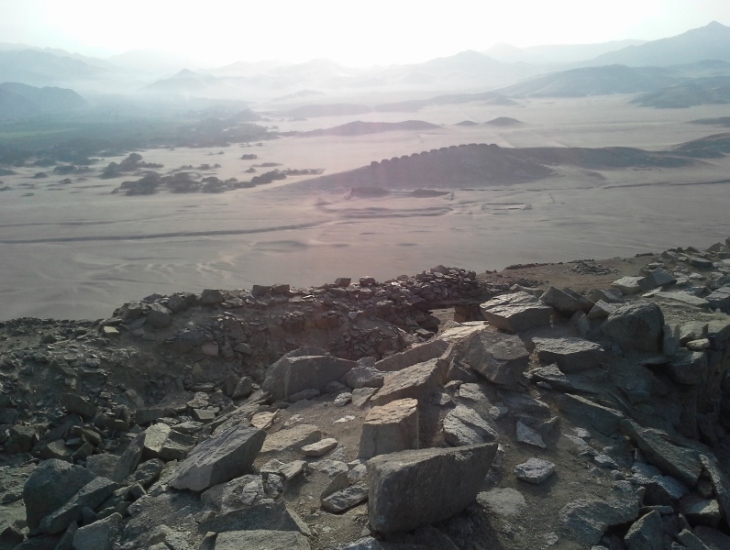

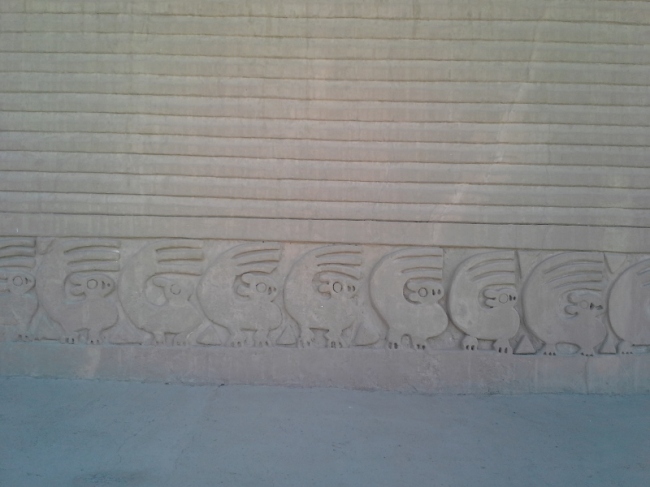
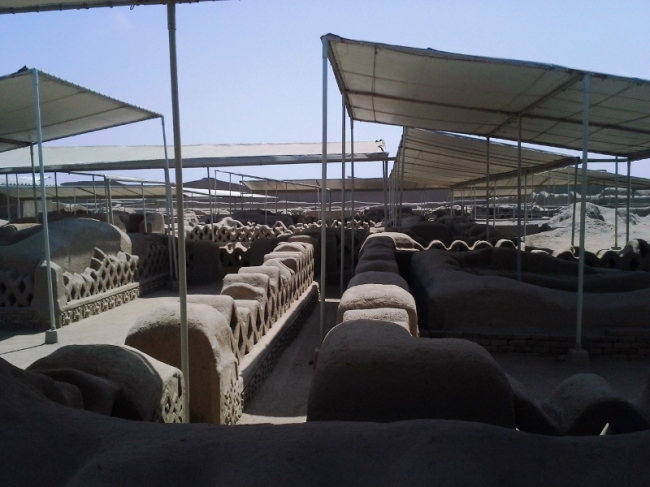
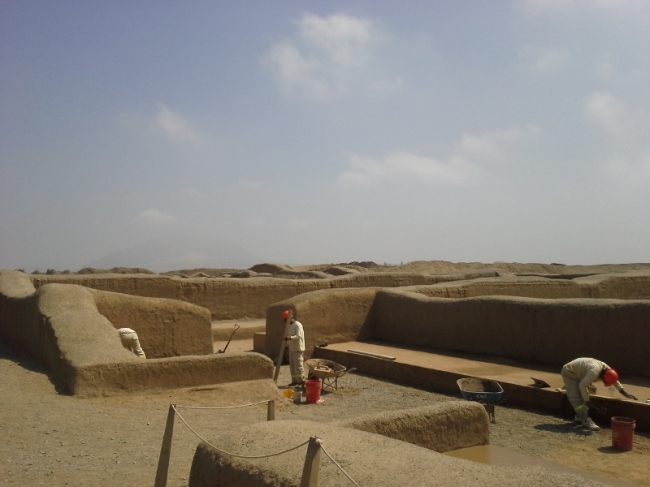
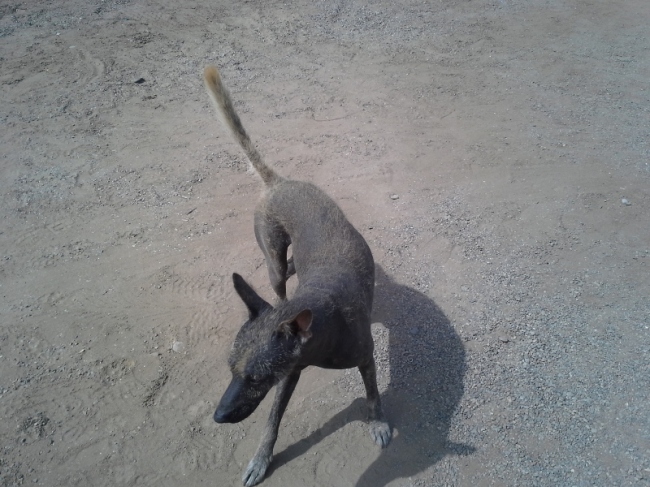
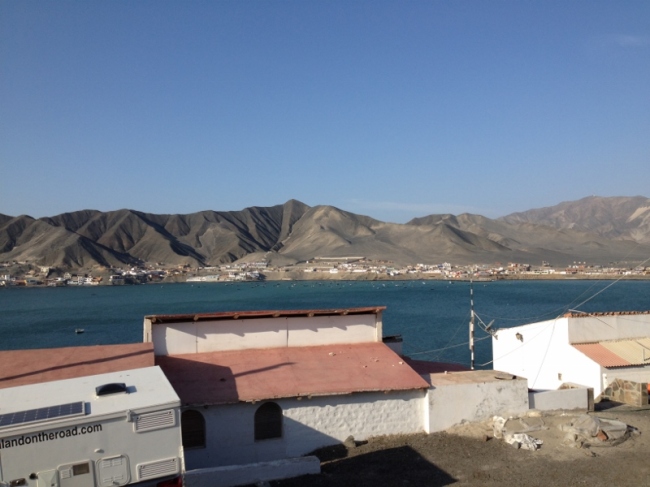
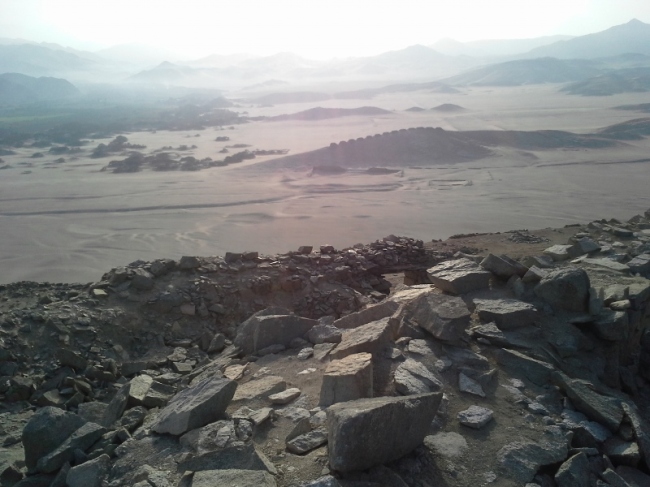
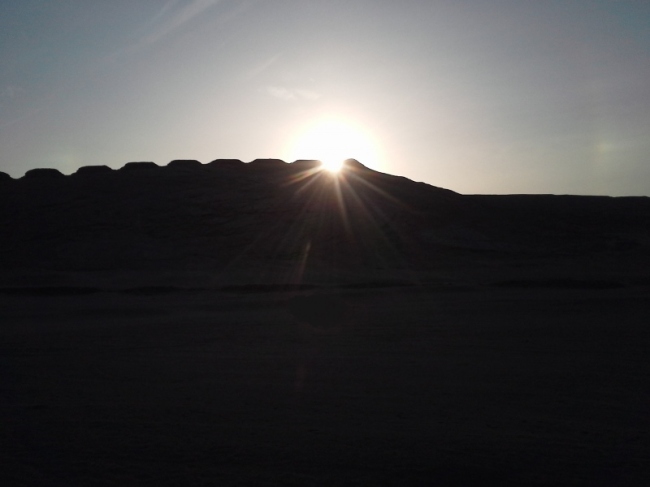
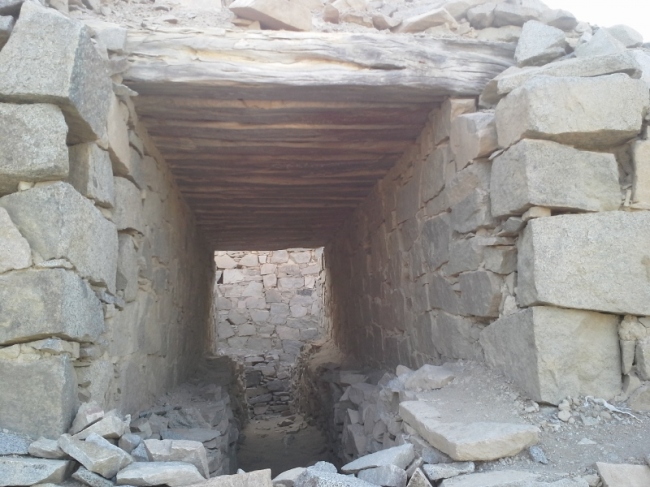
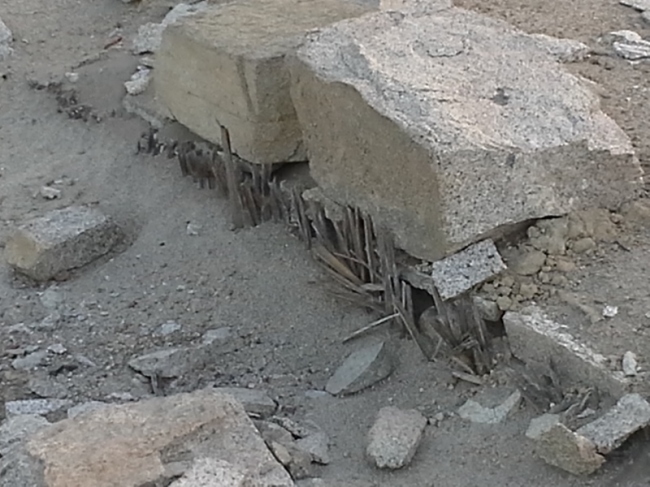
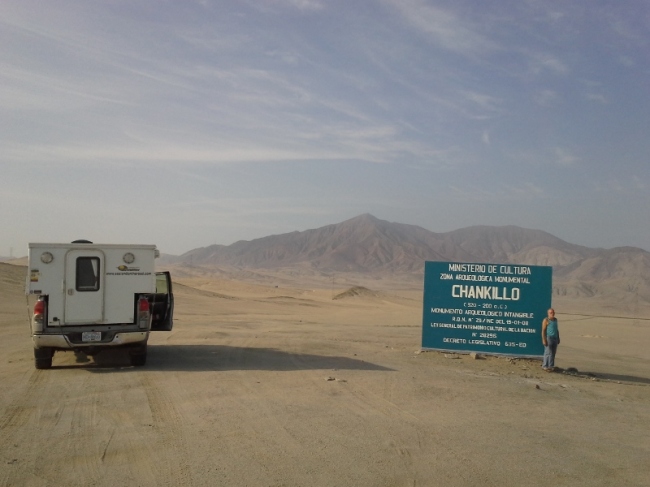
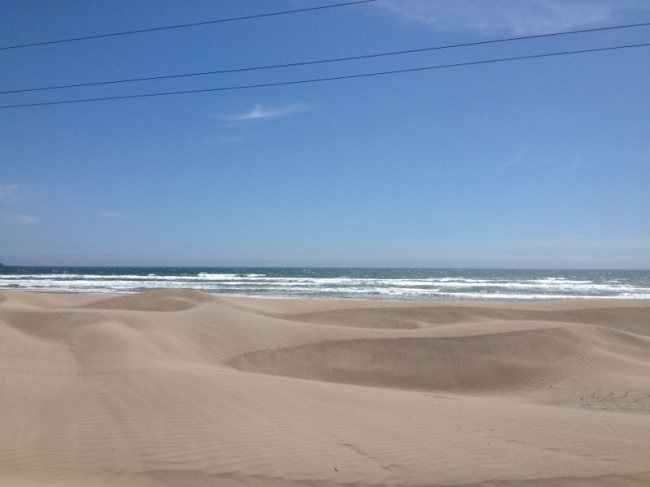
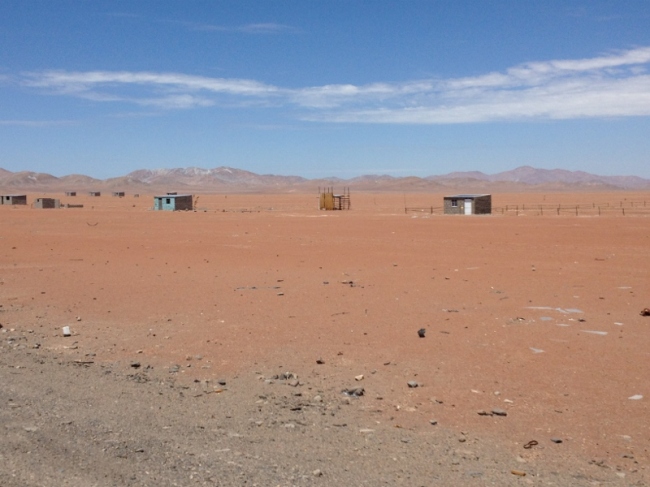
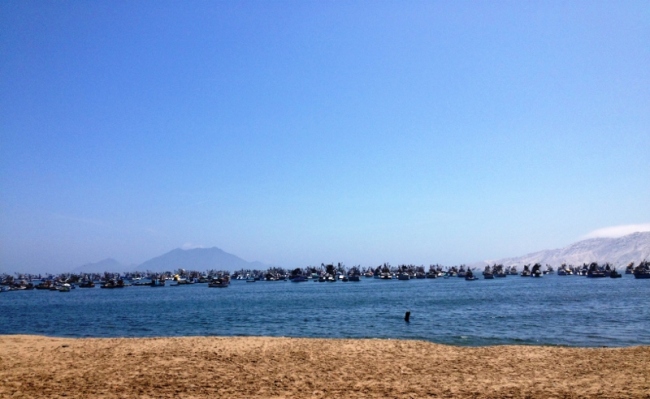

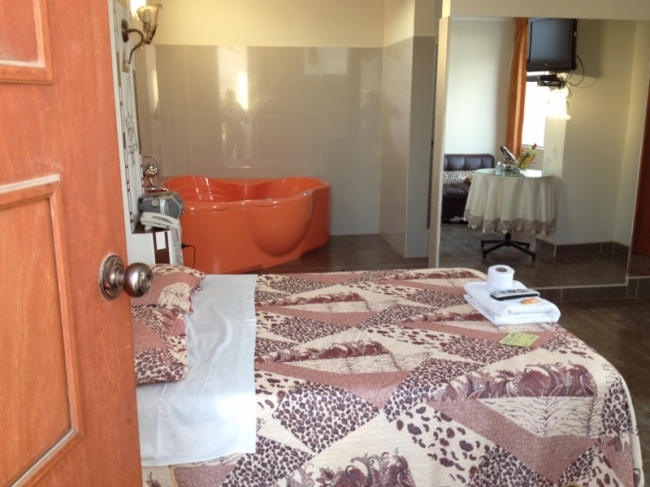

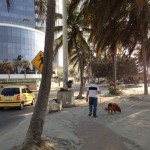
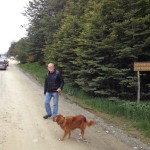
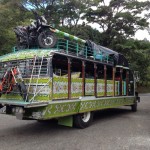

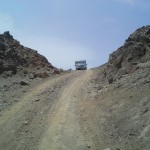
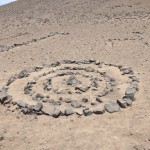
Best of the season to you. We really enjoy following you on your adventure. Amazing!
Nancy, your narrative is great! Please keep it coming.
Wow…I can’t believe what I’m reading. Proud to know both of you! Please be careful.